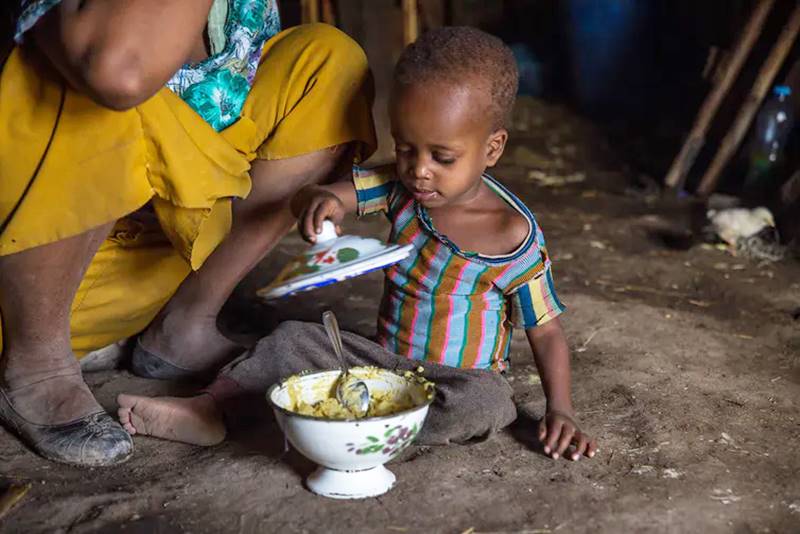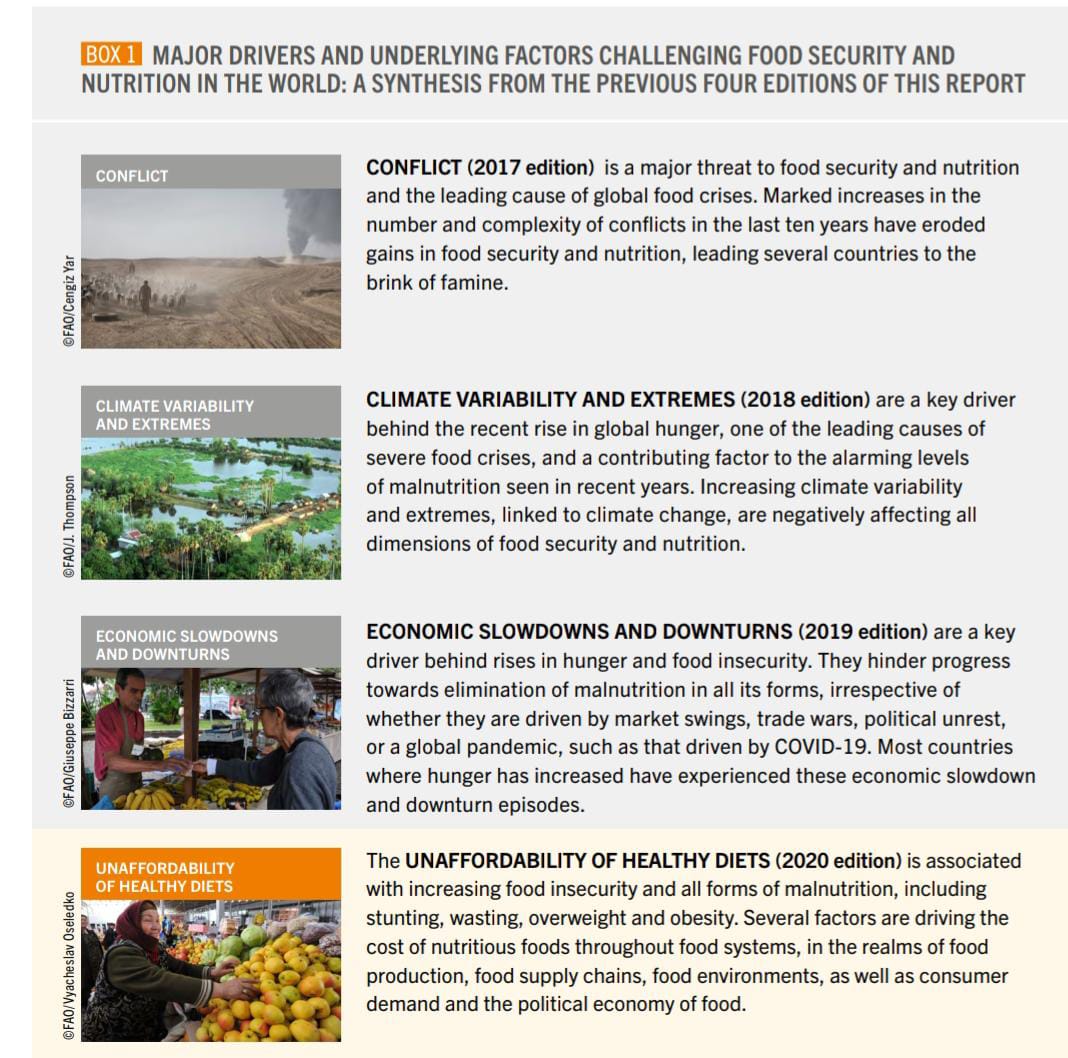2.37 billion people lacked access to adequate food in 2020 — that’s 320 million more as compared to 2019: Report
The United Nations report highlighted that poverty and inequality are underlying structural causes of food insecurity and malnutrition in all its forms. More details here.


The report noted that Africa and Asia account for more than nine out of ten of all children with stunting.
Nearly 2.37 billion people or almost one in four persons around the world did not have access to adequate food in 2020, a report published by the United Nations stated on July 12. It further informed that the year 2020 — which was riddled with the devastating effects of the COVID19 pandemic — saw an increase of 320 million people to the category of people living in food insecurity.
The report titled ‘The State of Food Security and Nutrition in the World 2021 – Transforming Food Systems for Food Security, Improved Nutrition and Affordable Healthy Diets For All’ was jointly published by the Rome-based Food and Agriculture Organization (FAO), United Nations International Children’s Emergency Fund (UNICEF), International Fund for Agricultural Development (IFAD), World Food Programme (WFP) and the World Health Organization (WHO).
Also Read: Severely malnourished under-5 children consumed by hunger in the pandemic
“Well before the COVID-19 pandemic, we were already not on track to meet our commitments to end world hunger and malnutrition in all its forms by 2030. Now, the pandemic has made this significantly more challenging,” the report said.

Also, it informed that an estimated 720 to 811 million people in the world faced hunger in 2020. “Considering the middle of the projected range (768 million), around 118 million more people were facing hunger in 2020 than in 2019,” it stated.

“The high cost of healthy diets coupled with persistent high levels of income inequality put healthy diets out of reach for around three billion people, especially the poor, in every region of the world in 2019,” the report added.
Africa, Asia continue to suffer the worst
Compared with 2019, about 46 million more people in Africa, 57 million more in Asia, and about 14 million more in Latin America and the Caribbean were affected by hunger in 2020.
The report noted that Africa and Asia account for more than nine out of ten of all children with stunting, more than nine out of ten children with wasting and more than seven out of ten children who are affected by overweight worldwide.
Poverty and inequality at the root of world hunger
The report highlighted that poverty and inequality are underlying structural causes of food insecurity and malnutrition in all its forms.
“Poverty negatively impacts on the nutrition quality of diets. Food insecurity and malnutrition in all its forms are made worse by high and persistent levels of inequality in all its dimension,” it added.
“Income inequality in particular increases the likelihood of food insecurity – especially for socially excluded and marginalized groups – and undercuts the positive effect of any economic growth on individual food security,” the UN report said.
What needs to be done?
This report has identified six transformation pathways to combat world hunger:
- Integrating humanitarian, development and peacebuilding policies in conflict-affected areas.
- Scaling up climate resilience across food systems.
- Strengthening economic resilience of the most vulnerable to economic adversity.
- Intervening along the food supply chains to lower the cost of nutritious foods.
- Tackling poverty and structural inequalities, ensuring interventions are pro-poor and inclusive.
- Strengthening food environments and changing consumer behaviour to promote dietary patterns with positive impacts on human health and the environment.

